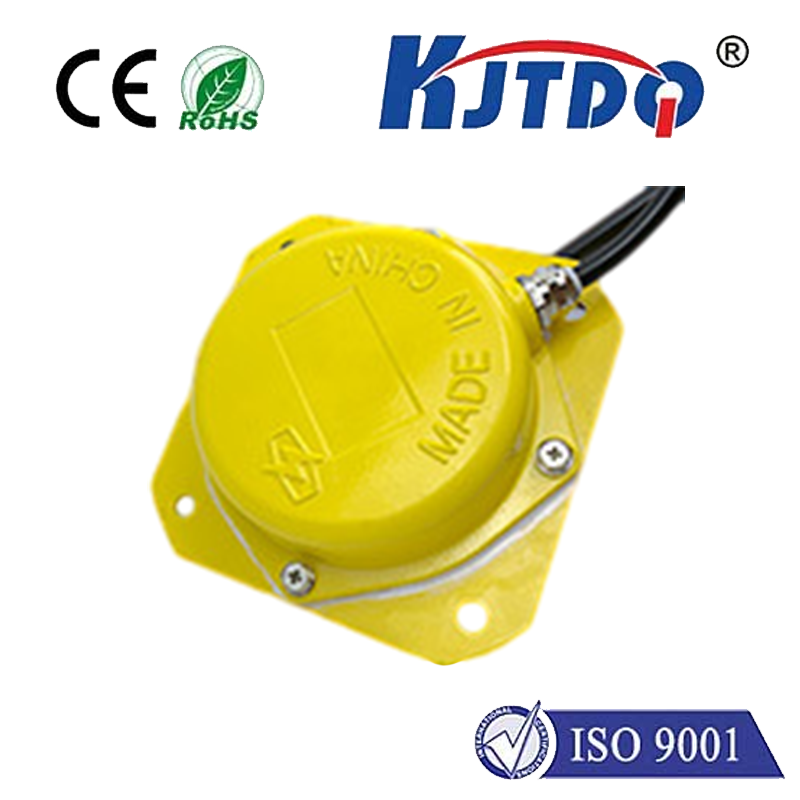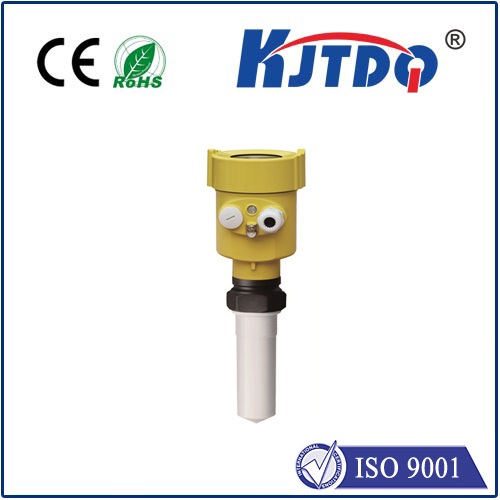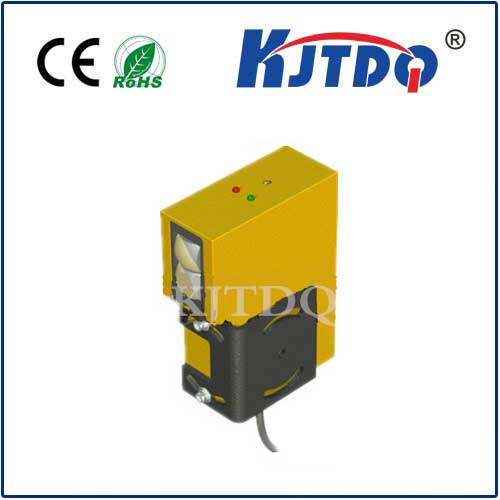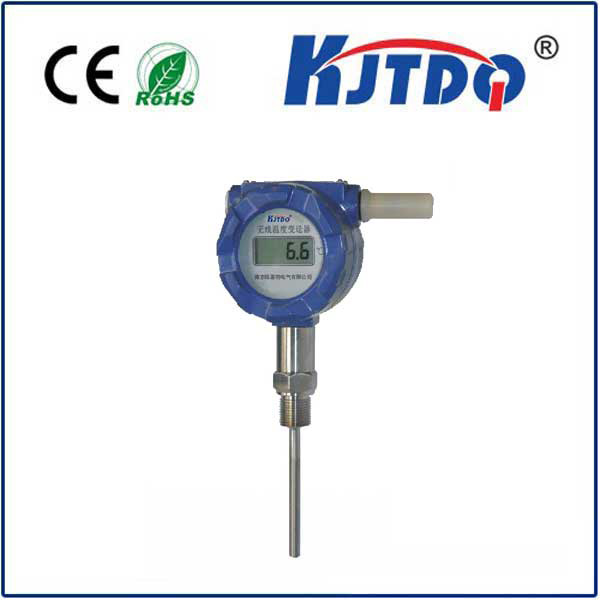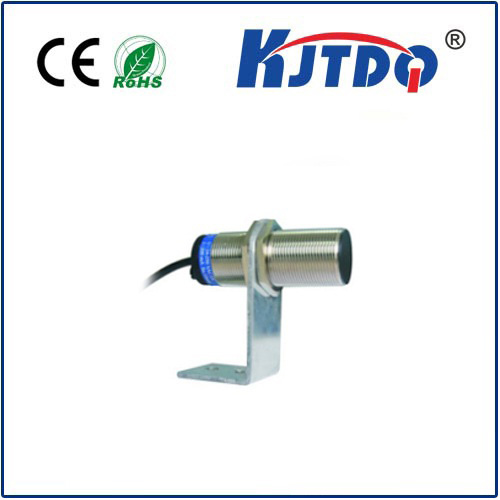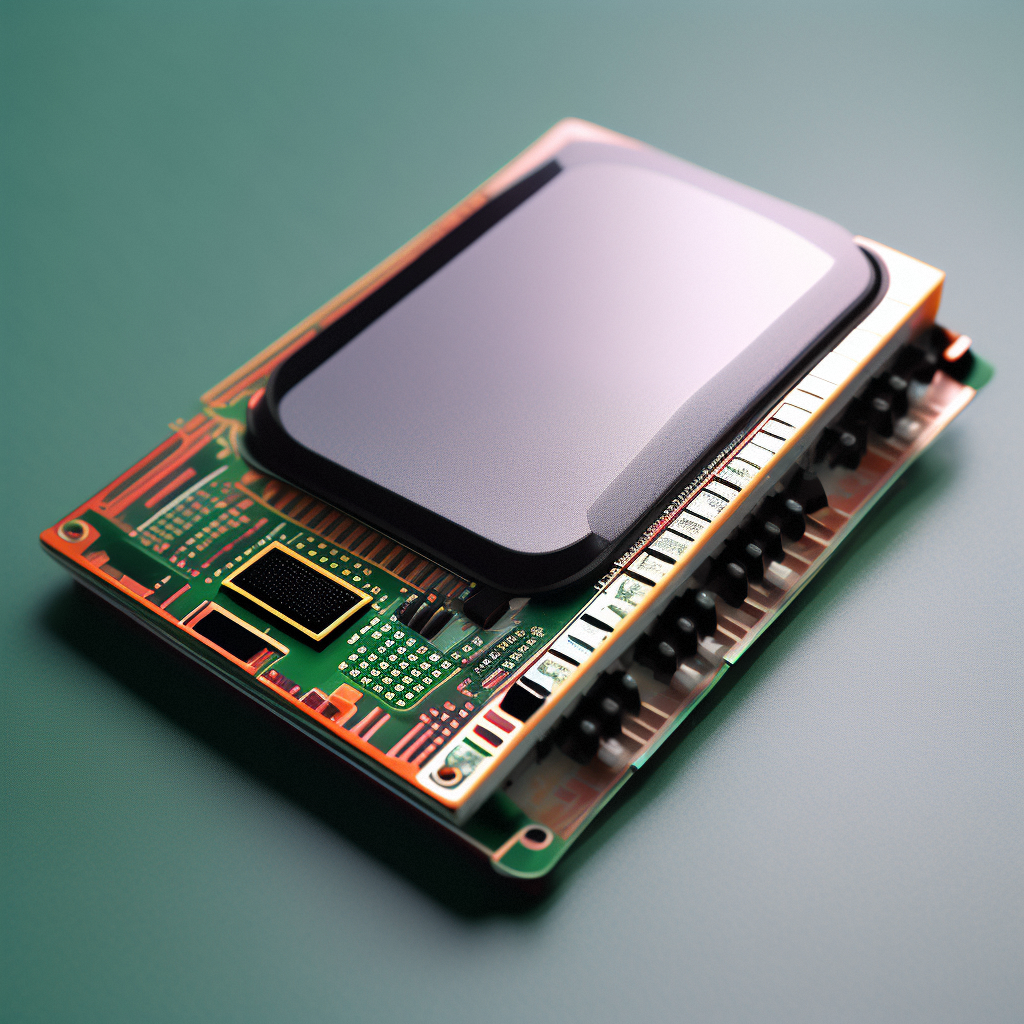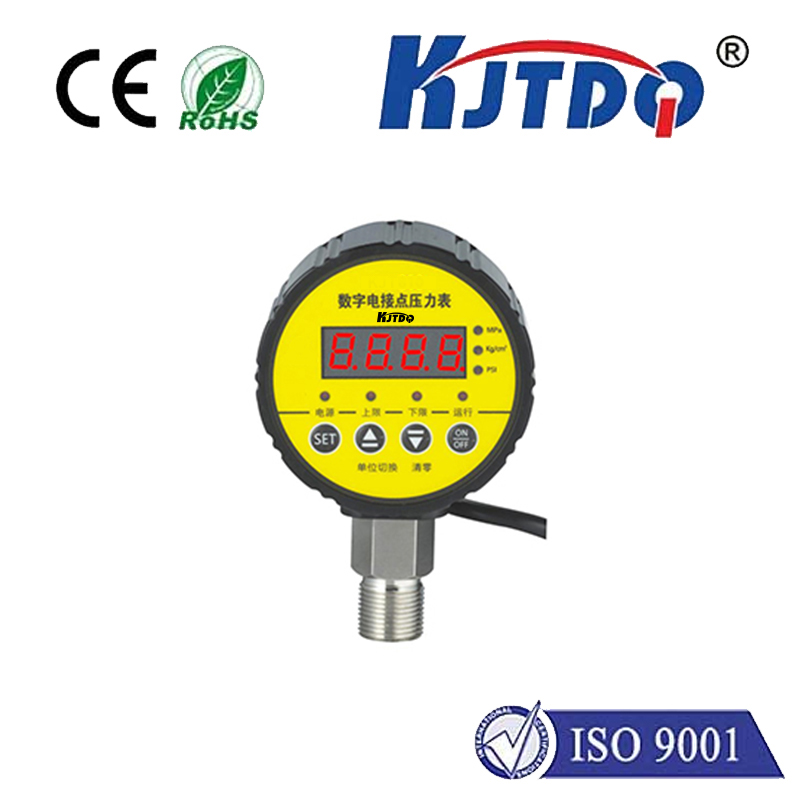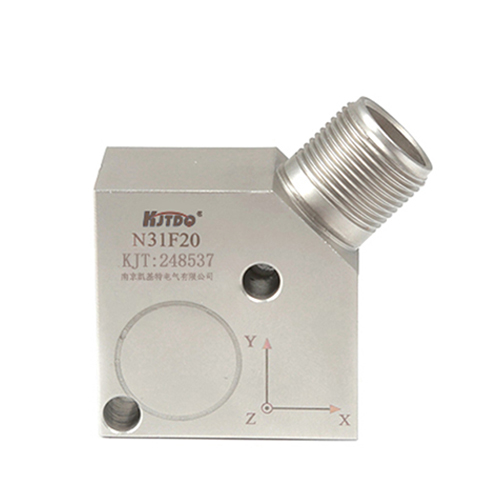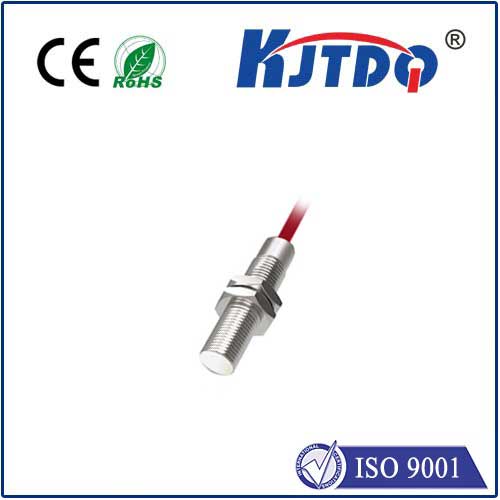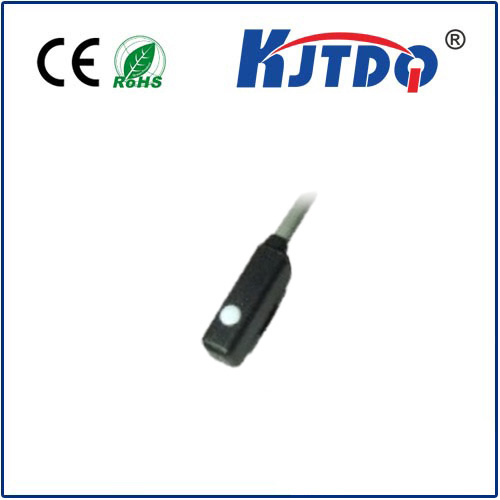water pump limit switch
- time:2025-08-08 03:46:56
- Click:0
Water Pump Limit Switches: Essential Protectors Against Dry Running and Overflow
Imagine this: your basement unexpectedly floods after a heavy storm because your sump pump didn’t activate. Or worse, your costly water pump seizes and burns out, humming uselessly while sucking air instead of water. These frustrating, expensive scenarios often boil down to a single, often overlooked component: the water pump limit switch. This unassuming device acts as the crucial guardian of your pumping systems, preventing catastrophic failures and safeguarding your property. Understanding its function and importance is key to reliable water management, whether in your home, agricultural operation, or industrial facility.
What Exactly is a Water Pump Limit Switch?
At its core, a water pump limit switch is an automated control sensor. Its primary mission is to detect specific water levels within a tank, reservoir, basin, or well and signal the pump to turn on or off accordingly. Think of it as the intelligent brain telling the pump muscle when to work and when to rest, based on pre-set liquid level parameters. Without it, pumps would rely solely on manual control – a recipe for human error, inefficiency, and potential disaster.
The Two Critical Roles: Preventing Overflow and Dry Running

The water pump limit switch tackles two potentially devastating problems:
- Preventing Overflow (High-Level Cut-Off): This is the switch’s primary function in applications like sump pits, sewage basins, or storage tanks. A float switch or sensor monitors the rising water level. When the water reaches a predetermined maximum height, the limit switch activates, sending a signal to turn the pump on. The pump runs, efficiently removing water until the level drops sufficiently, triggering the switch to disengage the pump. This cycle ensures tanks don’t overfill, preventing messy, damaging, and potentially hazardous overflows onto floors, into buildings, or the environment.
- Preventing Dry Running (Low-Level Cut-Off): This role is arguably even more critical for pump longevity. When the water source (like a well, tank, or reservoir feeding the pump) runs low, the pump risks drawing air instead of liquid. Running a pump dry, even briefly, generates intense friction and heat within its components. This can cause catastrophic damage: seized impellers, destroyed seals, overheated motors leading to winding burnout, and complete pump failure. A low-level limit switch (or a dual-function switch) detects when the water drops below a safe operating minimum. It immediately signals the pump controller to shut off power, protecting the pump from self-destruction. This dry run protection is vital for submersible pumps, well pumps, centrifugal pumps, and any system where the water supply might be variable.
Types of Water Pump Limit Switches
Understanding the common types helps appreciate their applications:
- Mechanical Float Switches: The most common and often most cost-effective type.
- Tethered Float: A buoyant float attached to the pump or a fixed point by a cord or tether. As water rises, the float lifts, eventually tilting or pulling an internal mechanical switch at the high-level point. When water falls, the float drops, triggering the switch again at the low point (if equipped for low-cutoff).
- Vertical Float (Piggyback Float): A float moves freely up and down a vertical stem. Magnets inside the float interact with reed switches positioned at specific heights within the stem, activating the pump circuit at the high-level and deactivating it at the low-level. Common in sump pump applications.
- Pros: Robust, relatively simple, often inexpensive, widely available.
- Cons: Mechanical parts can eventually wear or stick (especially by debris), physical size can be a constraint.
- Electronic Sensors: Utilize various technologies to detect water presence without moving parts.
- Conductivity Probes: Measure the electrical conductivity between two (or more) probes inserted into the tank. Water completes the circuit, signaling its presence. Requires relatively clean water.
- Capacitance Sensors: Detect the capacitance change caused by the presence of water versus air. Can work through tank walls (non-invasive) or with probe insertion. Effective for various liquids, less prone to fouling than mechanical floats in some environments.
- Ultrasonic/Infrared Sensors: Mounted above the water line, they send a signal down and measure the reflection time to calculate the distance to the water surface. Non-contact, suitable for large tanks and harsh liquids.
- Pros: No moving parts (reliable, less prone to mechanical failure), greater precision, suitable for corrosive liquids or where debris is problematic (non-invasive types), programmable settings.
- Cons: Generally higher initial cost, may require calibration, potentially more complex installation.
Why Proper Maintenance of Your Limit Switch is Non-Negotiable
Think of the water pump limit switch as the vigilant sentry of your pumping system. Like any critical component, it requires attention:
- Regular Inspection: Periodically check mechanical floats for free movement, ensuring they haven’t become stuck on debris, tangled, or warped. Look for signs of physical damage to cords or the float itself.
- Cleanliness is Key: Buildup of sludge, grease, debris, or mineral deposits (scale) is the #1 enemy of switches, especially mechanical floats and conductivity probes. Clean the switch assembly and its immediate surroundings according to manufacturer recommendations. Regular cleaning dramatically improves reliability.
- Testing Functionality: Manually manipulate float switches or simulate water levels (carefully!) to verify they correctly turn the pump on and off. Don’t just assume it’s working – test it periodically. For complex sensors, follow the manual’s testing procedure.
- Inspect Wiring: Ensure electrical connections are tight, corrosion-free, and protected from moisture. Frayed or damaged wires can cause intermittent or complete failure.
- Replacement: Switches do wear out. If a switch consistently fails testing, sticks, or shows signs of significant deterioration, prompt replacement is crucial. The cost of a new switch pales in comparison to the expense of a burnt-out pump or flood damage.
The High Cost of Ignoring the Limit Switch
Neglecting this small but vital component can lead to disproportionately large problems:
- Pump Failure: The most direct consequence of a failed low-level cutoff. Dry running rapidly destroys pump seals, impellers, and bearings, leading to expensive repairs or complete replacement.
- Flooding and Water Damage: A failed high-level switch means the pump won’t activate when it should, resulting in overflowing tanks, sumps, or basins. This can cause significant property damage, mold issues, and create slip hazards.
- Increased Energy Consumption: A faulty switch might cause the pump to short-cycle (turn on/off too rapidly) or run unnecessarily long, wasting electricity.
- System Inefficiency: Manual intervention becomes necessary, defeating the purpose of an automated system.
Choosing the Right Switch for Your Application
Selecting the appropriate water pump limit switch ensures reliable operation:
- Application: Is it for sump pump backup, sewage pump control in a basin, well water level maintenance, or a large industrial tank? Different environments demand different solutions.
- Fluid Type: Clean water, wastewater, sewage, chemicals, or oils? Material compatibility (float, seals, probes) is essential for longevity. Sewage pumps almost always require robust float switches or specialized






